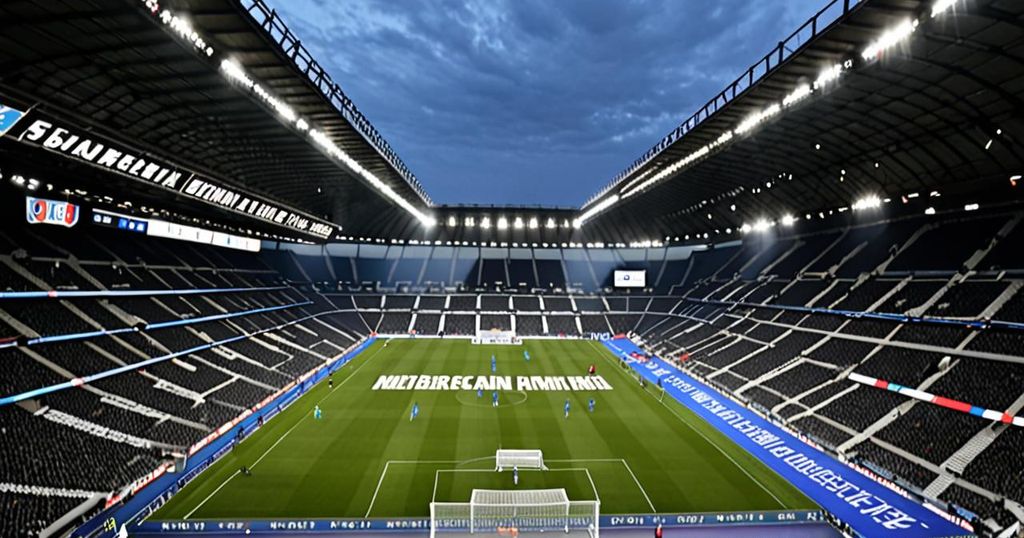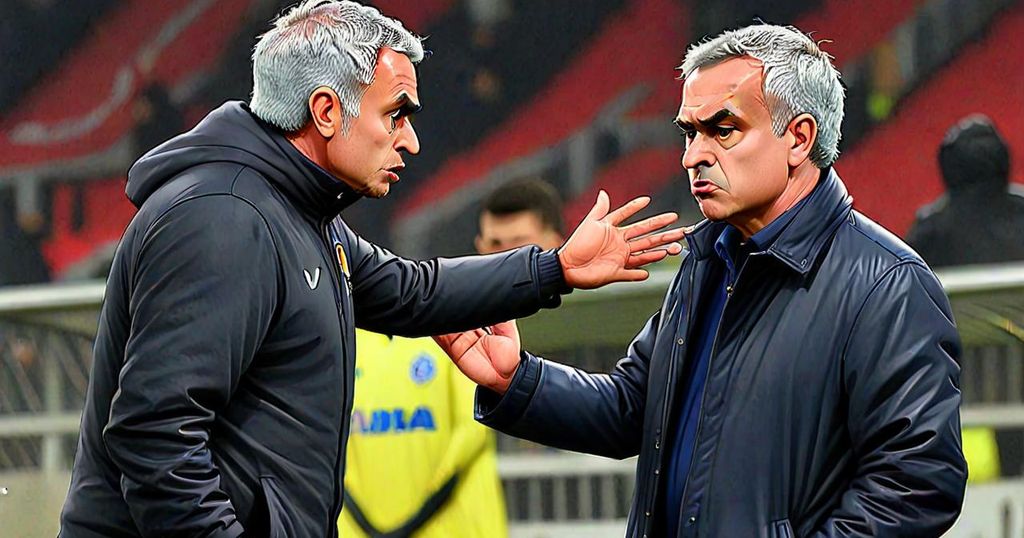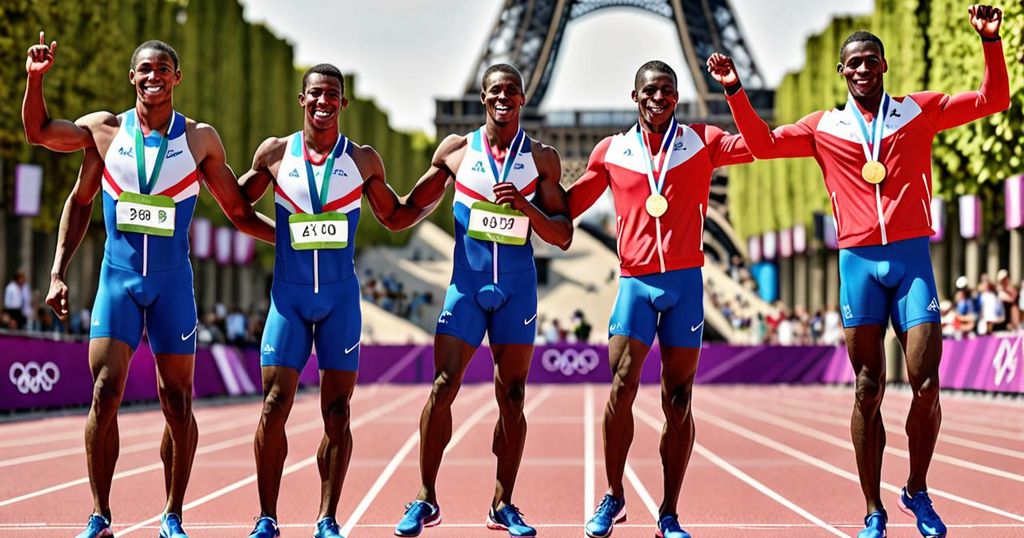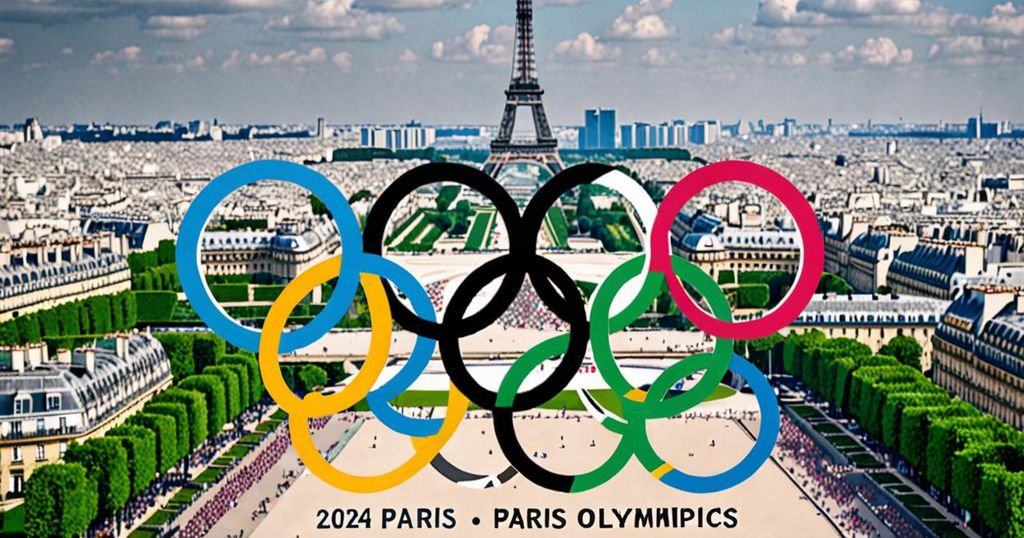The practice of sports goes beyond competition. The Olympic Games have spotlighted many athletes from underprivileged neighborhoods, yet these areas often see lower participation rates in sports. This paradox highlights a gradual decline in sports involvement among youth. Addressing this issue requires a political and educational ambition to rekindle interest in sports among young people.
**Potential Solutions:**
1. **Role Models:**
– The assumption that youth will emulate successful athletes is flawed. Identification with a role model is subjective and varies individually, depending on the connection they feel.
2. **Instrumental Value of Sports:**
– Promoting the health benefits, confidence building, and social opportunities that sports offer may resonate but often leads to limited long-term engagement.
3. **Experiential Dimensions of Sports:**
– To encourage lasting participation, it is essential to showcase sports as more than competition. Sports can also represent personal challenges, allowing individuals to confront their limits or improve their environment. By experiencing a variety of challenges, youth can find personal fulfillment, integrating sports into their lifestyles for health and social benefits.
4. **Promotion and Accessibility:**
– Access to sports facilities is vital, yet many young athletes drop out of sports during middle school. Over 85% have engaged in sports, but participation declines, particularly among girls and boys. The goal should not merely be creating links but preserving them – maintaining sports participation over the long term.
**Conclusion:**
– The focus must shift from merely facilitating access to sports to ensuring sustained involvement and engagement in athletic activities among youth.






